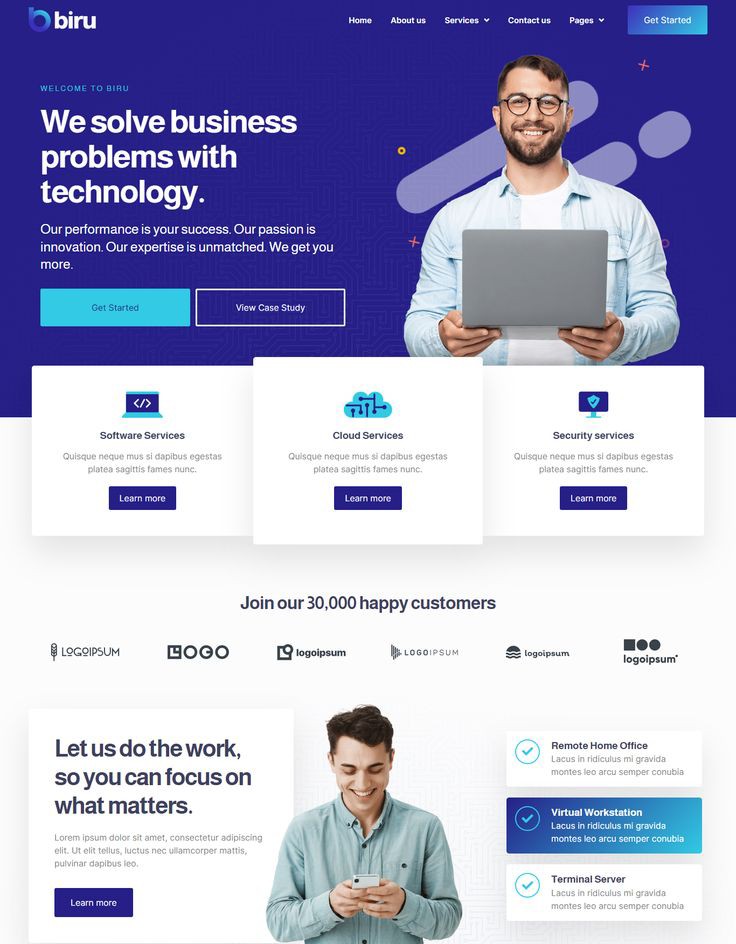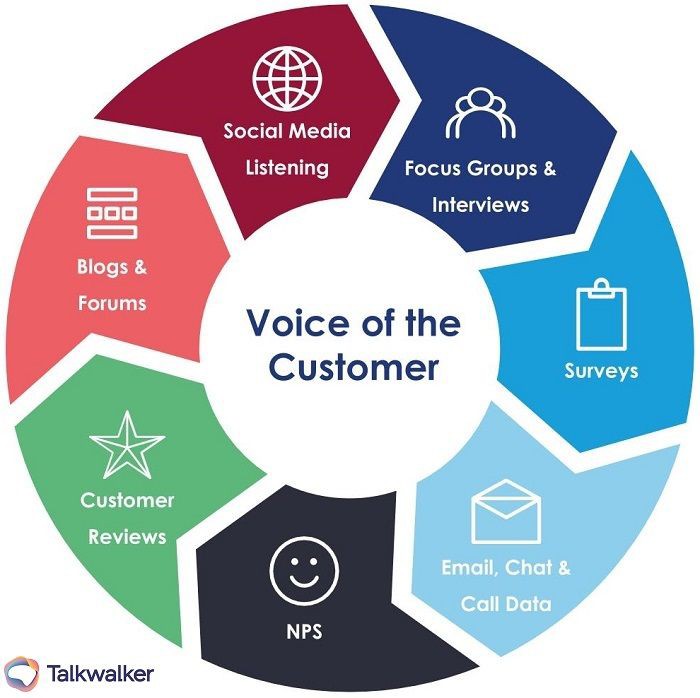You’re probably aware that branding is more than just a logo or a catchy tagline. It’s the entire experience your customers have with your company, from the first time they see your website to their interactions on social media and beyond. But here’s the key to making your branding truly effective: consistency.
In this blog, I’ll walk you through why consistent branding across all platforms is crucial for building customer trust, enhancing recognition, and driving long-term success.
Why Consistent Branding Matters
Consistency in branding means that no matter where or how a customer interacts with your business, they should experience the same look, feel, and message. This goes beyond just slapping your logo on everything—it’s about creating a unified brand presence that resonates with your audience and reinforces who you are as a company.
Key Benefits of Consistent Branding:
- Builds Trust: When your branding is consistent, it signals reliability and professionalism. Customers are more likely to trust a brand that presents itself consistently across all touchpoints.
- Enhances Recognition: Repeated exposure to the same branding elements (like colours, fonts, and logos) helps customers easily recognize your brand, whether they’re on your website, social media, or even offline.
- Strengthens Loyalty: Consistency in branding fosters a sense of familiarity and reliability, which can turn one-time buyers into loyal customers who keep coming back.
The Core Elements of Consistent Branding
Let’s break down the key elements that make up your brand identity and how to maintain consistency across different platforms.
1. Logo and Visual Identity
Your logo is often the first thing people associate with your brand, making it a critical component of your visual identity. But it doesn’t stop there—your brand’s visual identity also includes colours, typography, imagery, and design elements.
- Why it matters: A consistent visual identity makes your brand instantly recognizable, no matter where it appears.
- How to maintain consistency: Ensure your logo and colour palette are used consistently across all platforms, from your website and social media to business cards and packaging.
2. Brand Voice and Messaging
Your brand voice is the tone and style in which you communicate with your audience. Whether it’s friendly, professional, or quirky, your voice should reflect your brand’s personality and resonate with your target audience.
- Why it matters: Consistent messaging builds a cohesive brand image and reinforces your company’s values and mission.
- How to maintain consistency: Use the same tone and language in all your communications, from website copy and blog posts to social media captions and email newsletters.
3. Customer Experience
Branding isn’t just about what you say and how you look, it’s also about how you make people feel. The customer experience should be consistent at every touchpoint, whether someone is browsing your website, interacting on social media, or visiting your physical location.
- Why it matters: A consistent customer experience ensures that every interaction with your brand is positive, reinforcing loyalty and trust.
- How to maintain consistency: Train your team to deliver the same level of service across all channels, and ensure that your website, social media, and customer service are aligned in terms of messaging and experience.
Implementing Consistent Branding Across Platforms
Now that we’ve covered why consistency is important and what elements to focus on, let’s talk about how to implement consistent branding across your digital platforms.
1. Website
Your website is the central hub of your online presence, and it should clearly reflect your brand’s identity. Everything from the layout and colour scheme to the content and CTAs should align with your brand’s visual and verbal identity.
- Tips for consistency:
- Use your brand’s colour palette and typography throughout your site.
- Ensure your logo appears in a prominent and consistent position (like the top left corner of every page).
- Write copy that reflects your brand voice, whether that’s friendly, authoritative, or playful.
2. Social Media
Social media platforms are an extension of your brand, allowing you to engage with your audience in a more casual and interactive way. However, it’s essential to maintain consistency in how your brand is presented, even on these informal platforms.
- Tips for consistency:
- Use the same profile picture (usually your logo) across all social media accounts.
- Create a style guide for social media posts, including guidelines for visuals, captions, and hashtags.
- Maintain a consistent posting schedule that reflects your brand’s voice and values.
3. Email Marketing
Email marketing is a direct line of communication with your customers, making it a crucial platform for consistent branding. Every email should reinforce your brand identity, from the subject line to the signature.
- Tips for consistency:
- Use branded email templates that include your logo, colours, and typography.
- Craft subject lines and email copy that align with your brand voice.
- Include a consistent CTA that guides recipients toward the same goal, whether it’s visiting your website, making a purchase, or following you on social media.
4. Offline Branding
Don’t forget that consistency applies to offline branding too. Whether it’s packaging, business cards, or in-store experiences, your brand identity should be consistent across all customer touchpoints.
- Tips for consistency:
- Use the same colours, fonts, and logos on all printed materials.
- Ensure that your offline messaging aligns with what customers see and hear online.
- Train your staff to embody your brand’s values in every customer interaction.
Measuring the Impact of Consistent Branding
Consistency in branding isn’t just about looking good—it has tangible benefits that can be measured. Here’s how you can track the impact of your efforts:
- Customer Recognition: Monitor how often customers mention your brand in surveys or on social media, and see if there’s a correlation with your branding efforts.
- Brand Loyalty: Track repeat purchase rates and customer retention metrics to see if consistent branding is contributing to increased loyalty.
- Conversion Rates: Analyse your website and social media analytics to see if there’s an improvement in conversion rates as a result of consistent branding.
Conclusion: From Logo to Loyalty
In the end, consistent branding is about creating a cohesive, unified experience for your customers, no matter where they encounter your brand. By aligning your logo, visual identity, messaging, and customer experience across all platforms, you build trust, enhance recognition, and strengthen customer loyalty.
Remember, consistency isn’t just about following a set of rules—it’s about telling a clear and compelling story that resonates with your audience and keeps them coming back. So, take a step back, review your branding across all platforms, and ensure that every piece of your brand puzzle fits together seamlessly.
By doing so, you’ll be well on your way to building a brand that not only attracts customers but also turns them into loyal advocates for your business.






